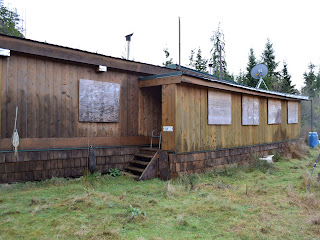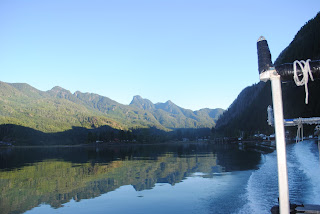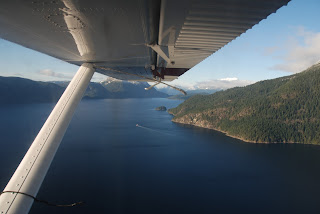We are always excited about a new year. At the time of writing this newsletter, we are hard at work with our goal setting for 2023. Creating new plans with new ideas as well as refining our existing plans definitely gets us looking forward to the start of the year.
The real estate market in general is uncertain right now. What we know is that for sellers pricing a property correctly is crucial to having success. As a team that has experienced the highs and lows of real estate through the years, we know how to evaluate and market a property to make it attractive to the right buyer as well as help a seller understand what the current economics of the day mean for selling a property at that time.
Inventory for remote and recreational properties remains extremely limited. There are buyers looking for these properties, as evidenced by the fact that when a good one comes on the property it is attracting a lot of attention and in some cases still selling quickly. Pricing is important but in this niche market inventory is what makes the difference. Buyers need properties to look at!
As predictions indicate the interest rates for now will remain higher than last year, we expect the market to continue a little slower and for average prices to come down a bit more. However, people still need to sell properties and buy properties and as people adjust to the new market both buyers and sellers will gain confidence and settle into the reality of the moment.
We look forward to more work trips in the field, as with three agents scheduling these trips out of office is getting easier. Our goal is always to provide excellent service to all our clients, both buyers and sellers.
Finally, we wish you all a stellar 2023, however that might look for you. If buying or selling real estate is part of your plans for the year we are here to talk anytime.
It's a Coastal Lifestyle ... Live It!















































